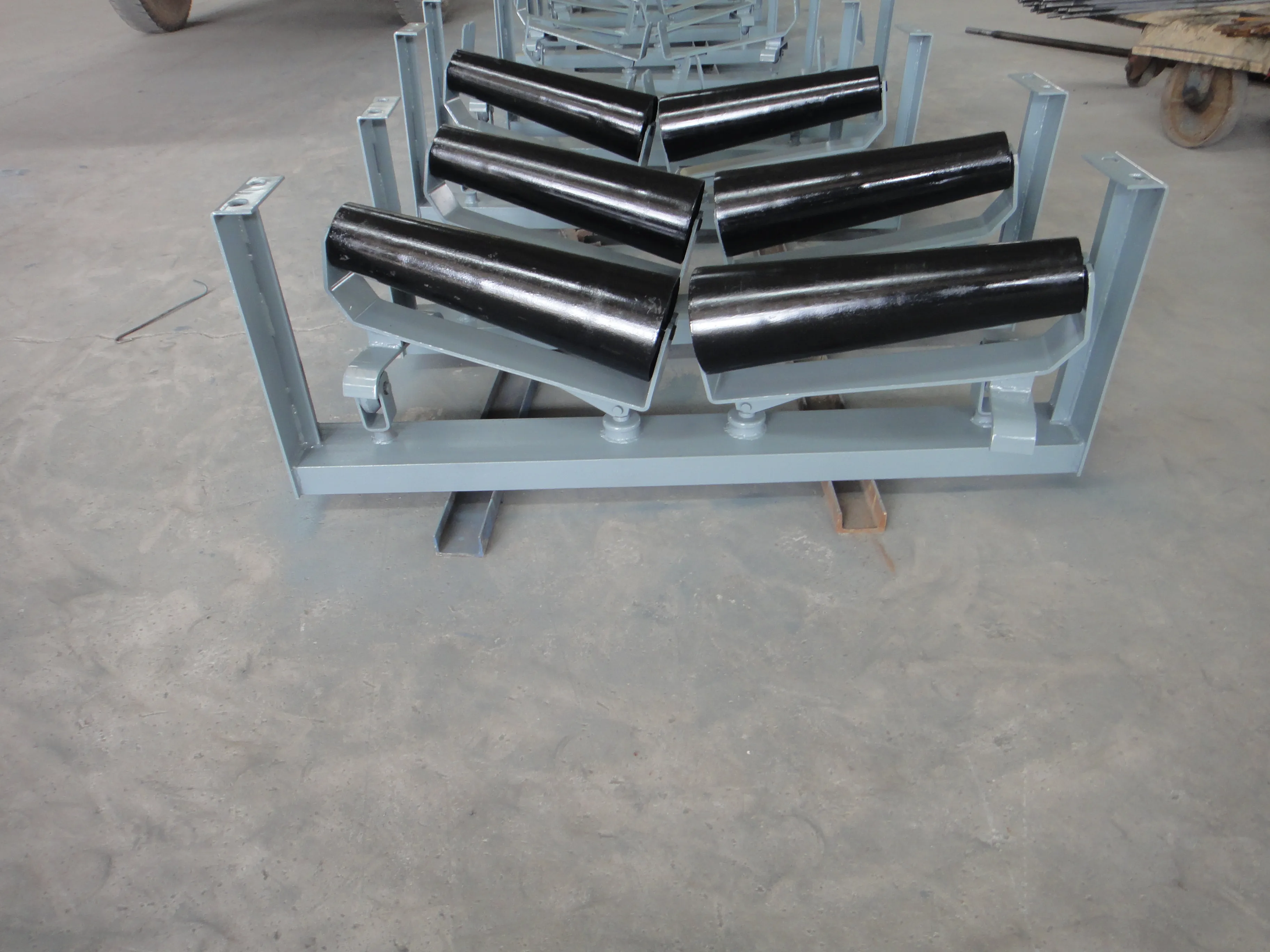 Afrikaans
Afrikaans  Albanian
Albanian  Amharic
Amharic  Arabic
Arabic  Armenian
Armenian  Azerbaijani
Azerbaijani  Basque
Basque  Belarusian
Belarusian  Bengali
Bengali  Bosnian
Bosnian  Bulgarian
Bulgarian  Catalan
Catalan  Cebuano
Cebuano  Corsican
Corsican  Croatian
Croatian  Czech
Czech  Danish
Danish  Dutch
Dutch  English
English  Esperanto
Esperanto  Estonian
Estonian  Finnish
Finnish  French
French  Frisian
Frisian  Galician
Galician  Georgian
Georgian  German
German  Greek
Greek  Gujarati
Gujarati  Haitian Creole
Haitian Creole  hausa
hausa  hawaiian
hawaiian  Hebrew
Hebrew  Hindi
Hindi  Miao
Miao  Hungarian
Hungarian  Icelandic
Icelandic  igbo
igbo  Indonesian
Indonesian  irish
irish  Italian
Italian  Japanese
Japanese  Javanese
Javanese  Kannada
Kannada  kazakh
kazakh  Khmer
Khmer  Rwandese
Rwandese  Korean
Korean  Kurdish
Kurdish  Kyrgyz
Kyrgyz  Lao
Lao  Latin
Latin  Latvian
Latvian  Lithuanian
Lithuanian  Luxembourgish
Luxembourgish  Macedonian
Macedonian  Malgashi
Malgashi  Malay
Malay  Malayalam
Malayalam  Maltese
Maltese  Maori
Maori  Marathi
Marathi  Mongolian
Mongolian  Myanmar
Myanmar  Nepali
Nepali  Norwegian
Norwegian  Norwegian
Norwegian  Occitan
Occitan  Pashto
Pashto  Persian
Persian  Polish
Polish  Portuguese
Portuguese  Punjabi
Punjabi  Romanian
Romanian  Russian
Russian  Samoan
Samoan  Scottish Gaelic
Scottish Gaelic  Serbian
Serbian  Sesotho
Sesotho  Shona
Shona  Sindhi
Sindhi  Sinhala
Sinhala  Slovak
Slovak  Slovenian
Slovenian  Somali
Somali  Spanish
Spanish  Sundanese
Sundanese  Swahili
Swahili  Swedish
Swedish  Tagalog
Tagalog  Tajik
Tajik  Tamil
Tamil  Tatar
Tatar  Telugu
Telugu  Thai
Thai  Turkish
Turkish  Turkmen
Turkmen  Ukrainian
Ukrainian  Urdu
Urdu  Uighur
Uighur  Uzbek
Uzbek  Vietnamese
Vietnamese  Welsh
Welsh  Bantu
Bantu  Yiddish
Yiddish  Yoruba
Yoruba  Zulu
Zulu Rubber Components for Pulley Systems and Their Applications in Various Industries
The Role of Rubber in Pulleys An In-Depth Exploration
Pulleys are integral components in various mechanical systems, providing the ability to lift, lower, or move objects with ease and efficiency. Among the materials utilized in the construction of pulleys, rubber stands out due to its unique properties that enhance performance, durability, and adaptability across a wide range of applications. This article delves into the significance of rubber in pulley systems, examining its advantages, applications, and future prospects.
The Importance of Rubber in Pulley Systems
Rubber used in pulleys serves several critical functions that contribute to the overall effectiveness of mechanical systems. Primarily, rubber provides a high degree of friction, which is essential for grip between the pulley and the belt or rope. This friction is crucial in preventing slippage, ensuring that the load is successfully lifted or moved without loss of control. The elasticity of rubber allows it to conform to the surfaces of the belt or rope, enhancing grip and enabling smoother operation.
Another notable advantage of rubber is its shock-absorbing qualities. In applications where heavy loads are lifted, the sudden changes in force can lead to vibrations that may damage the machinery or make operation less efficient. Rubber can absorb these vibrations, minimizing wear and tear on both the pulleys and the other components of the system. This feature not only prolongs the lifespan of machinery but also enhances safety by reducing the risk of mechanical failure.
Applications of Rubber Pulleys
Rubber pulleys are extensively used in various industries due to their unique properties. In the automotive sector, rubber pulleys are commonplace in engines where they manage the transmission of power from the engine to other components. The elasticity of rubber ensures that the timing belts function smoothly, assisting in maintaining the engine's efficiency.
In the construction industry, rubber pulleys play a vital role in lifting equipment. Cranes and hoists equipped with rubber pulleys can manage heavy loads with decreased risk of slippage, thanks to the enhanced grip offered by rubber. This feature is especially critical in construction sites, where safety is paramount.
pulley rubber

Another notable area of application for rubber pulleys is in conveyor systems. The combination of rubber’s durability and frictional properties makes it an ideal choice for transporting materials in factories and warehouses. Rubber pulleys help maintain steady movement, ensuring that products are delivered efficiently across assembly lines.
Advantages of Rubber Over Other Materials
When compared to traditional pulley materials like metal or plastic, rubber presents several advantages. While metal offers strength, it often lacks the shock-absorbing quality that rubber possesses. The result is that metal pulleys are more prone to wear and require more frequent replacements. Plastic, while lightweight, may not provide the same level of grip or resilience under heavy loads. Rubber, on the other hand, offers a balanced approach, combining durability with the necessary flexibility and grip.
The eco-friendliness of rubber also cannot be overlooked. Many modern rubber formulations are made using sustainable practices and materials, reducing the environmental impact typically associated with industrial operations. This aligns with increasing global initiatives aimed at promoting greener manufacturing practices.
The Future of Rubber Pulleys
As technology continues to advance, the future of rubber in pulley systems looks promising. Innovations in material science may lead to the development of new rubber composites that can withstand even greater stresses and strains. Additionally, the trend toward automation and robotics in manufacturing will likely lead to increased demand for efficient pulley systems, where rubber can play a key role in achieving optimal performance.
In conclusion, rubber is a pivotal material in the design and functionality of pulleys across multiple industries. Its advantageous properties—such as excellent grip, vibration absorption, and durability—make it the material of choice for various applications. As the demand for efficient and environmentally friendly machinery continues to grow, the role of rubber in pulley systems is set to become even more significant, paving the way for advancements that could redefine industry standards and practices.
-
Revolutionizing Conveyor Reliability with Advanced Rubber Lagging PulleysNewsJul.22,2025
-
Powering Precision and Durability with Expert Manufacturers of Conveyor ComponentsNewsJul.22,2025
-
Optimizing Conveyor Systems with Advanced Conveyor AccessoriesNewsJul.22,2025
-
Maximize Conveyor Efficiency with Quality Conveyor Idler PulleysNewsJul.22,2025
-
Future-Proof Your Conveyor System with High-Performance Polyurethane RollerNewsJul.22,2025
-
Driving Efficiency Forward with Quality Idlers and RollersNewsJul.22,2025





























